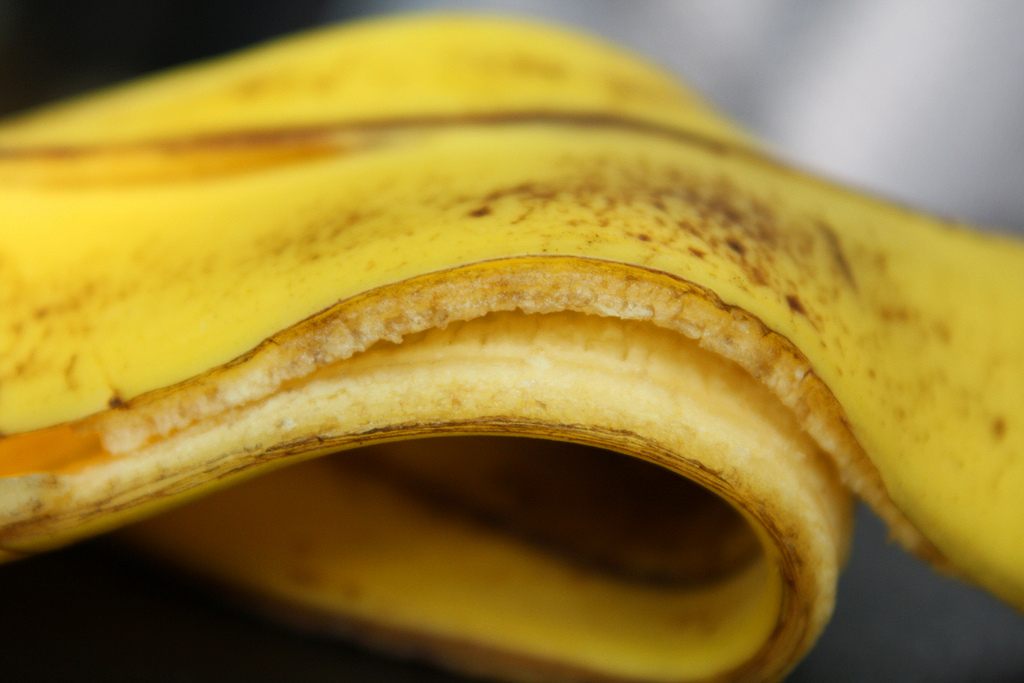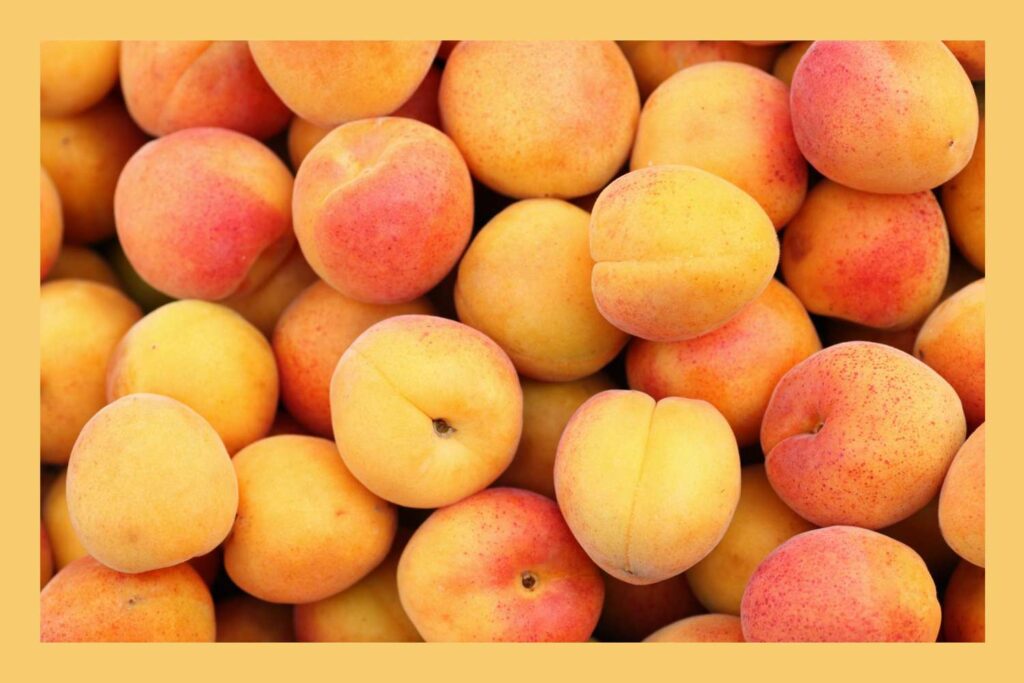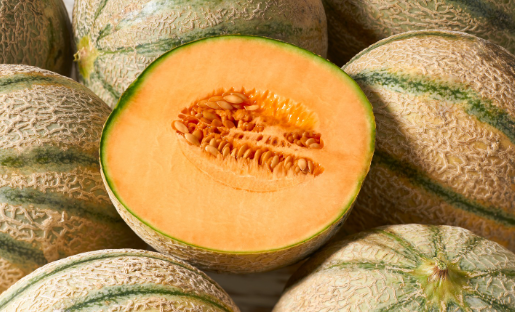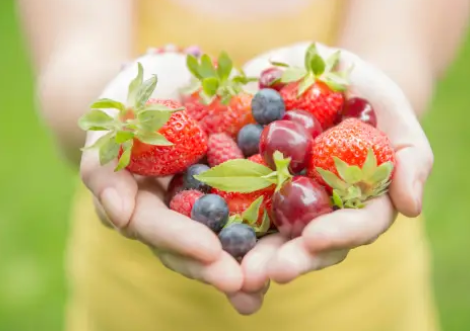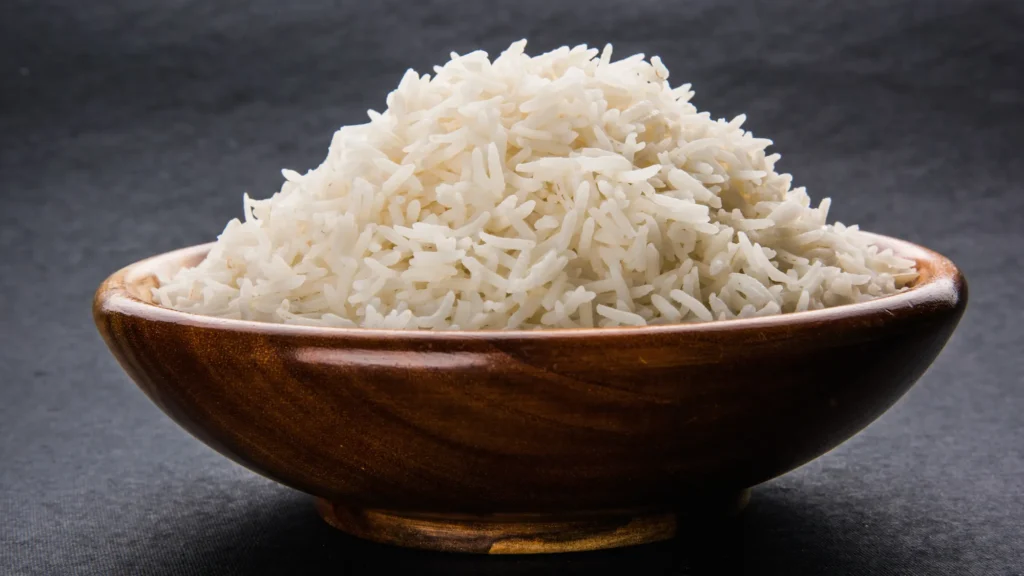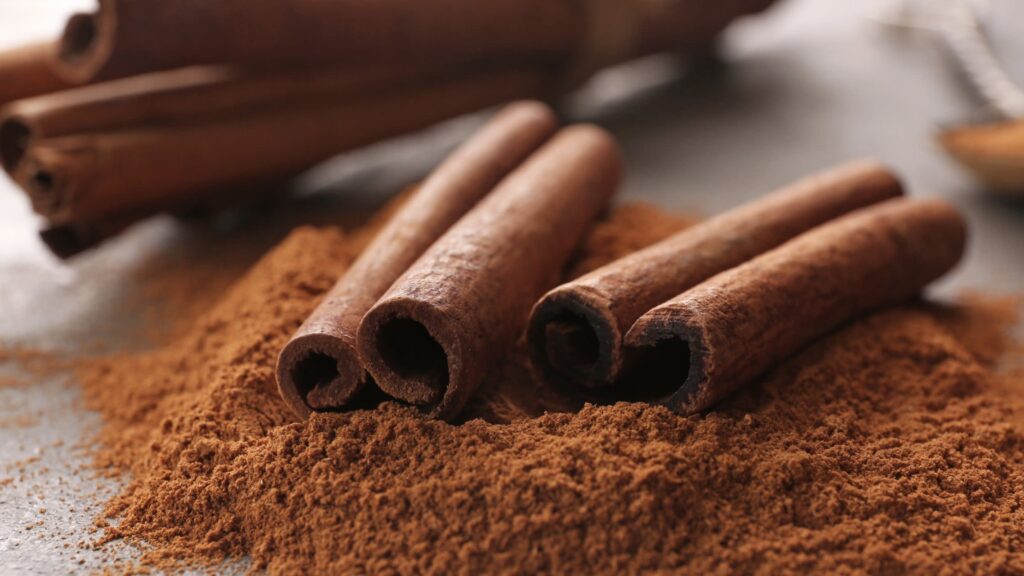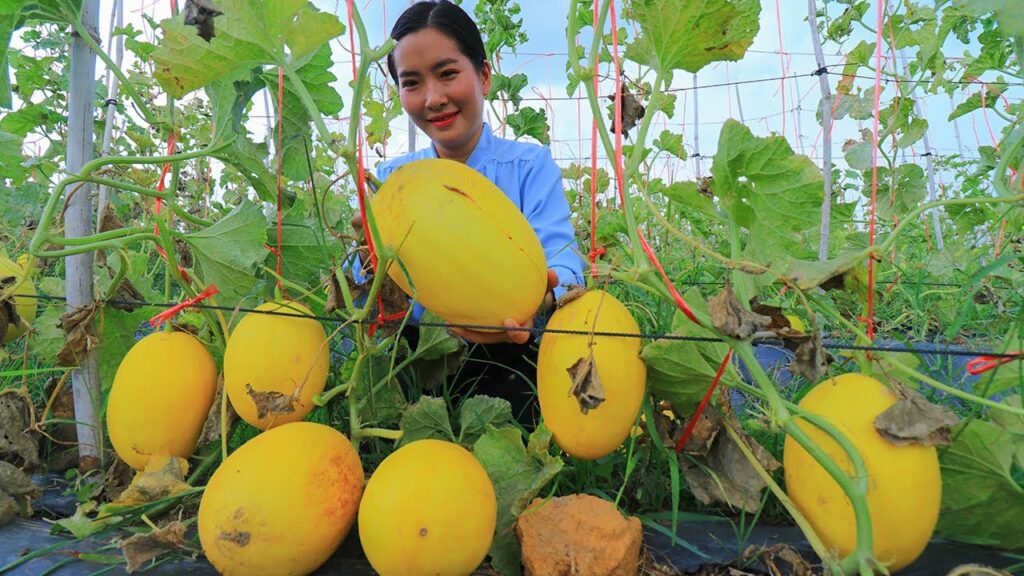The creation of seeds and fruits is a really interesting natural event that takes place in plants that have flowers. It’s a step-by-step process that changes the flower into a fruit that’s ready to eat and has seeds in it.
When we learn about the parts of a plant, and how they grow and work, we can understand better how plants make babies and the different ways seeds can be spread around. This journey from when a flower is pollinated to when a fruit is ripe helps plants make more of themselves and is very important for both natural places and farms.
Table of Contents
- How Flowers Help Make Seeds and Fruits
- What Makes Up a Flower and What It Does
- Starting with Pollination
- How a Fertilized Egg Turns Into a Seed
- Important Seed Parts
- How the Baby Plant Grows Inside the Seed
- Different Kinds of Seeds in Different Plants
- Turning Ovaries Into All Sorts of Fruits
- Fruit in Science and in the Kitchen
- What Fruit Layers Do
- Lots of Different Fruits
- Developmental Stages
- Examples of Varied Seed Dispersal Strategies
- 1. Wind Dispersal
- 2. Animal Dispersal
- 3. Explosive Ejection
- 4. Gravity Dispersal
- Applications of Seed and Fruit Developmental Knowledge
- 1. Ecosystem Restoration
- 2. Conservation Methods
- 3. Agricultural Advances
- 4. Bioinspired Inventions
- Conclusion
How Flowers Help Make Seeds and Fruits
Flowers are where plants can reproduce. The way they are built helps with bringing together pollen and egg cells – two things that need to happen to start making seeds and fruits.
What Makes Up a Flower and What It Does
There are four important parts of a flower:
- Sepals – These are like little green leaves that cover and protect the flower when it’s a bud.
- Petals – They’re the colorful parts we see. They exist to draw in creatures like bees or butterflies.
- Stamens – These are the boy parts of the flower that make pollen.
- Pistil – This is the girl part of the flower where eggs are and where seeds start to grow.
Flowers also have sweet stuff called nectar to bring pollinators, like birds and bees, closer. When the pollen from a stamen reaches the pistil, we have successful pollination.
Starting with Pollination
Pollination is when pollen gets to the pistil, and it’s the first big step in the journey of creating seeds and fruits. This step is super important because it brings together the plant’s male genes and female parts, which is necessary to make a new plant. A tiny tube grows out of the pollen grain and goes all the way down the pistil to an egg cell.
Many different things can help with pollination. Animals and insects can spread pollen as they go from one flower to another, and forces of nature like wind and water can also move pollen around. Once pollination happens, the seeds start growing inside the fruit, which gets bigger and bigger.
How a Fertilized Egg Turns Into a Seed
After the egg cell in the flower gets fertilized, it begins to turn into a seed. This part is about how the seed gets ready to become a baby plant.
Important Seed Parts
A seed has three main things inside:
- Embryo – A mini plant that has tiny leaves and a little stem.
- Endosperm – A special part that has food for the mini plant.
- Seed coat – A hard shell that protects everything inside the seed.
Inside the seed, there’s a small plant with food saved up, covered by a protective shell. Seeds can sleep like this until the right moment comes for them to grow.
How the Baby Plant Grows Inside the Seed
The tiny plant goes through different shapes as it gets ready to grow:
- Globular – It starts as a simple ball shape.
- Heart shape – Then it starts to look like a heart.
- Torpedo shape – Next, it gets longer.
- Maturation – Finally, the baby leaves get bigger as they fill up with food.
The cells in the tiny plant divide and change to make all the needed parts. As it gets ready, the food part and the hard shell of the seed also grow to feed and protect the new plant.
Different Kinds of Seeds in Different Plants
Plants can have different kinds of seeds depending on their group. Here are some differences:
- Number of tiny leaves – Some plants have one, others have two.
- How much food is in the seed – Some have a lot, others have none at all.
- How thick the shell is – Some are thin, but others are really hard.
No matter how different they are, seeds are made to spread around and grow into new plants. The hard shell helps them do that.
Turning Ovaries Into All Sorts of Fruits
After the seeds start to grow, the part of the flower that held the eggs turns into fruit. Fruits are not just something tasty to eat; they help the seeds get ready and are part of how plants spread their seeds. Farmers also grow fruit in special ways to make them better for eating.
Fruit in Science and in the Kitchen
In science, a fruit is what grows from the flower’s ovary and has seeds inside. But when we talk about food, sometimes we only think about the sweet kinds and not the hard ones like nuts or the ones we use in cooking like grains and cereals.
What Fruit Layers Do
A fruit has three layers called the pericarp:
- Exocarp – This is the skin on the outside.
- Mesocarp – The chewy part that we usually eat.
- Endocarp – The layer that’s closest to the seeds.
The pericarp keeps the seeds safe and helps spread them around. Animals eat juicy fruits and then the seeds go to new places.
Lots of Different Fruits
There are many kinds of fruit, and they all look and work differently:
- Simple – It comes from just one ovary, like a peach.
- Aggregate – There are lots of ovaries in one flower, like a raspberry.
- Multiple – Many flowers join together to create one big fruit, like a pineapple.
- Dry – The outside gets hard and dry when they’re ready, like nuts and grains.
- Fleshy – These have soft and wet layers, like apples and tomatoes.
Different types of fruits help spread seeds in their own ways.
Developmental Stages
When fruits grow, they go through different stages:
- Fruit set – After pollination, the ovary starts to grow bigger.
- Cell division – The fruit grows fast as new tissue forms.
- Cell expansion – The cells get bigger because they take in water and food.
- Ripening – The fruit gets its color, texture changes, and it starts to smell nice.
Hormones like auxins and ethylene help control when the fruit gets mature and ripe.
Examples of Varied Seed Dispersal Strategies
Fruits and seeds have their own ways to move to new places to start new plants.
1. Wind Dispersal
Some fruits and seeds are shaped so the wind can carry them. Like:
- Dandelion seeds have a fluffy part that acts like a parachute.
- Maple seeds have a shape that lets them spin and fly far away with the wind.
- Coconut seeds can float in water and move across the ocean because they have a special outside part.
2. Animal Dispersal
Fruits can smell good, look bright, and taste sweet to make animals want to eat them. When animals eat these fruits, they move the seeds to new places. Here are some ways this happens:
- Cherries, berries, and melons have soft, colorful parts that are tasty.
- Some fruits have hooks or spikes that stick to animals’ fur or feathers.
- Seeds of the Acacia tree can get caught in the hooves of animals and be carried away.
3. Explosive Ejection
Some fruits pop open when they’re ready and shoot out their seeds. The squirting cucumber and impatiens plants do this.
4. Gravity Dispersal
Other plants just let their seeds fall to the ground. Apples and coconuts use gravity to drop their seeds. Later, these can be moved by wind, water, or animals.
Applications of Seed and Fruit Developmental Knowledge
Learning about how seeds and fruits grow helps us in many ways with nature, saving plants, and farming.}
1. Ecosystem Restoration
We use what we know to bring back plants that are native to an area after things like fires or when land has been cleared. We think about the best time to plant seeds so they will grow well.
2. Conservation Methods
We keep seeds safe in seed banks to protect different kinds of wild plants. Botanical places keep seeds dry and cold to keep them from growing until they’re needed for planting or research.
3. Agricultural Advances
What we know can help make better crops and new ways to farm:
- Plant breeders can mix plant traits by putting pollen from one plant onto another by hand.
- Grafting sticks together the root part and the fruit part from different plants.
- Greenhouses and special growing rooms give plants the perfect place to grow.
- We also have ways to keep fruits from getting ripe too fast and going bad after they are picked.
4. Bioinspired Inventions
Ideas from seeds and fruits can be used to make new things. Velcro was inspired by prickly seed pods, rockets use ideas from exploding fruits, and how maple seeds fly helps us make better drones. Nature’s way of doing things gives us lots of good ideas.
Conclusion
The way seeds and fruits form is an important part of how plants live and keep growing. After being pollinated, flowers turn into fruits which protect and feed the seeds inside them.
There are many kinds of fruits and seeds, each with its own way of moving to new places. Understanding how they grow and move helps us with everything from fixing damaged ecosystems to farming better and even making new inventions. The journey from a flower to a fruit full of seeds keeps plants alive from one generation to the next.

